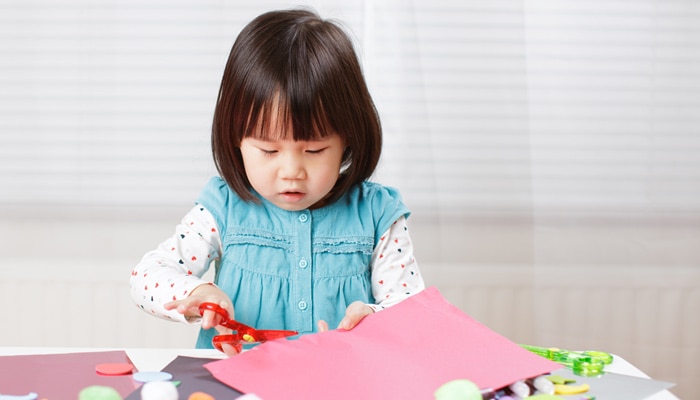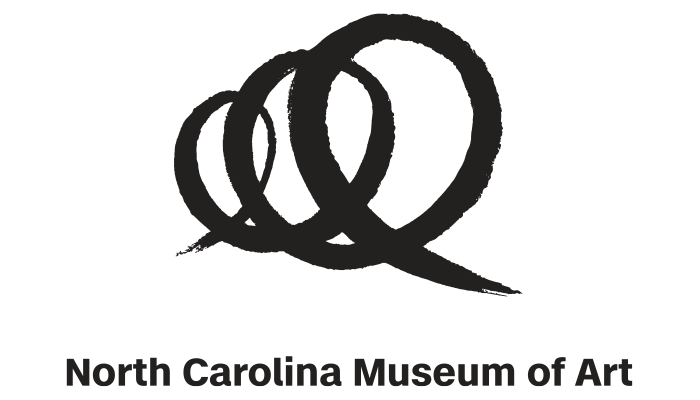While we believe that the books and resources recommended may be of value to you, keep in mind that these are suggestions only and you must do your own due diligence to determine whether the materials are appropriate and suitable for your use. PNC has no sponsorship or endorsement agreement with the authors or publishers of the materials listed.
MY FIVE SENSES

Color Collages
Children will create a layered shape collage.

Lesson Objective
Children will explore colors and shapes as they make a layered shape collage.
Arts
What You'll Need
- A large, color reproduction or digital image of Study for Homage to the Square: "High Spring" by Josef Albers from the North Carolina Museum of Art website.
- 8" × 10" construction paper (various colors) – 1 sheet per child
- Scissors – 1 pair per child
- Paper in various sizes with interesting textures and colors – 12 pieces per child
- Nontoxic glue sticks – 1 stick per child
- 9" × 11" black construction paper (for mounting artwork)
What To Do
- Display the painting, and discuss the shapes (see Guiding Student Inquiry).
- Discuss the colors in the artwork and how you can see the different layers (top, middle, bottom) of shapes because of overlapping (see Vocabulary).
- Tell the children that this type of artwork is called “collage” (see Vocabulary) and that they will make layered shape collages.
- Explain that they will need to cut and tear paper to make interesting shapes to build their collage.
- Distribute piles of paper and 1 pair of scissors per child.
- Instruct them to tear or cut the paper to make big, medium, and small shapes so that they will have different ways to overlap and combine their shapes and colors.
- Once children have a nice variety of shapes and colors, have them choose a color sheet of 8" × 10" construction paper.
- Have the children plan the arrangement of their shapes in overlapping layers on the sheet of construction paper to develop the collage.
- Distribute glue sticks, and have the children glue their shapes onto the construction paper.
- As children finish, glue their completed collages on a sheet of 9" × 11" black construction paper.
- Display the artwork and take a gallery walk, asking children to explain how they made their art special.
Resources
Home School Resources
Home educators: use these printable lesson PDFs to teach this lesson to your home schoolers. They're available in English and Spanish.
Content Provided By
Common Core State Standards Initiative – These lessons are aligned with the Common Core State Standards ("CCSS"). The CCSS provide a consistent, clear understanding of the concepts and skills children are expected to learn and guide teachers to provide their students with opportunities to gain these important skills and foundational knowledge [1]. Visit the CCSS


